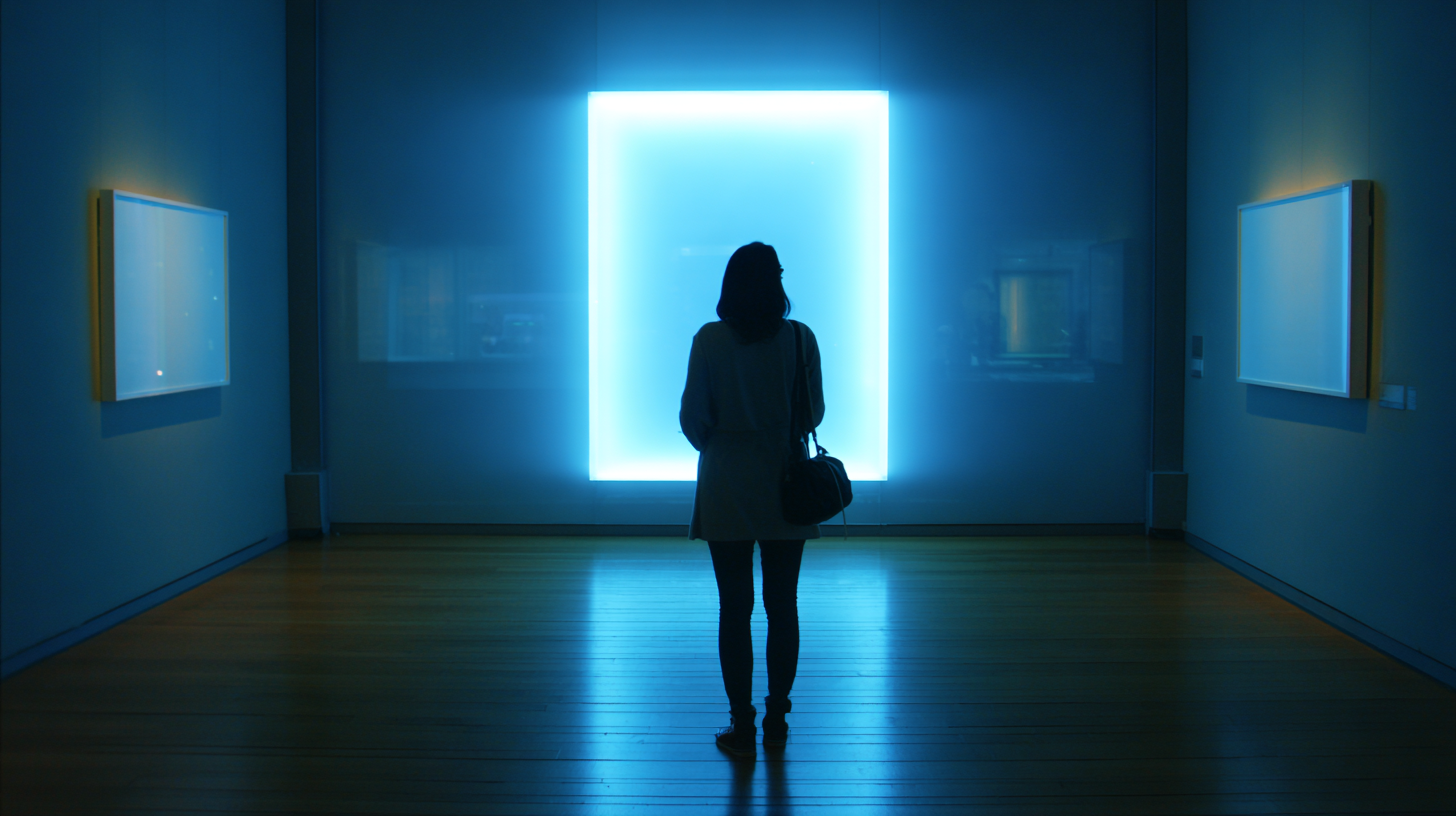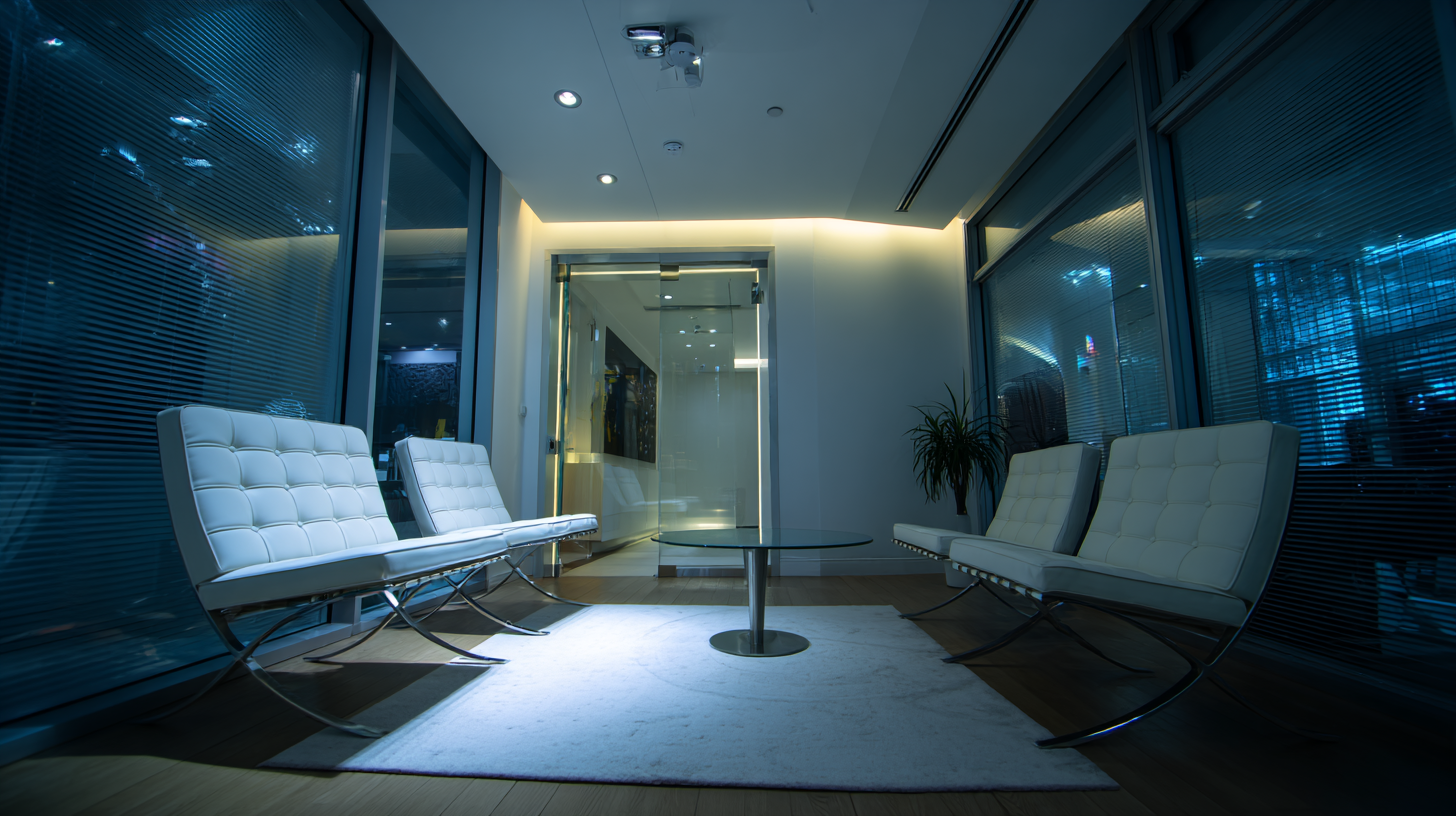



In today’s competitive business landscape, effective signage is crucial for attracting customers and enhancing brand visibility. According to a study by the Insights Association, over 70% of consumers believe that the quality of a business's signage reflects its overall quality. Among the myriad of options available, "Backlit Signs" stand out as a leading choice, providing vibrant illumination that can capture attention even in low-light conditions. However, to meet diverse business needs and stay ahead of the curve, it's essential to explore innovative alternatives to traditional backlit signage. Emerging technologies such as LED displays, digital billboards, and eco-friendly materials are transforming the way businesses communicate. This guide aims to delve into these alternatives, helping business owners make informed decisions that align with their branding strategies and operational goals.

Backlit signs play a pivotal role in business branding, serving as both functional and aesthetic elements that can significantly influence customer perceptions. According to a recent survey, about 76% of consumers enter a store they have never visited before based on its signage alone. This statistic underscores the importance of creating an eye-catching visual identity that stands out in today’s competitive marketplace. As businesses seek to innovate, backlit signs that combine the best features of traditional neon and modern LED technology are becoming increasingly popular. This approach not only enhances visibility but also adds a warm glow that resonates with customers on an emotional level.
**Tips for Effective Use of Backlit Signs:**
- Consider the location and lighting conditions: Ensure your sign is designed for maximum visibility during both day and night.
- Utilize unique design elements: Incorporating bespoke designs can capture interest and convey your brand’s identity more effectively.
- Stay updated on signage technology: Innovations, such as LED with neon-like appeal, can provide durability and energy efficiency, ensuring your signage remains effective over time.
As the examples of iconic signs from locations like Austin and Tokyo have shown, integrating backlit signs into your branding strategy can lead to greater customer engagement and recognition. By blending modern techniques with traditional aesthetics, businesses can create memorable experiences that resonate with their audience.
This bar chart illustrates the importance of different types of backlit signs for business branding, showcasing customer preferences based on recent survey data.
In today's competitive business landscape, finding effective ways to capture customer attention is vital. While traditional backlit signs have long been a reliable choice for visibility, innovative alternatives are emerging that can elevate brand presence even further. One such alternative is LED edge-lit panels, which provide a sleek, modern look while maintaining excellent brightness. These panels allow for custom designs and enable businesses to showcase vibrant graphics, making them ideal for retail environments and event spaces.
 Another exciting option is the use of holographic displays. These unique displays create stunning, three-dimensional visuals that can engage passersby in a way traditional signage cannot. By utilizing this technology, businesses can tell their brand story in an eye-catching format that draws interest from multiple angles. Additionally, deploying interactive digital signage can further enhance customer engagement, enabling users to explore products or promotions through touch or gesture controls. As businesses seek innovative solutions to stand out, considering these alternatives to traditional backlit signs can significantly impact visibility and customer interaction.
Another exciting option is the use of holographic displays. These unique displays create stunning, three-dimensional visuals that can engage passersby in a way traditional signage cannot. By utilizing this technology, businesses can tell their brand story in an eye-catching format that draws interest from multiple angles. Additionally, deploying interactive digital signage can further enhance customer engagement, enabling users to explore products or promotions through touch or gesture controls. As businesses seek innovative solutions to stand out, considering these alternatives to traditional backlit signs can significantly impact visibility and customer interaction.
When it comes to enhancing visibility for your business, choosing the right backlit sign can make a significant difference. LED and electroluminescent (EL) solutions stand out as innovative alternatives that offer distinct advantages. LED technology is renowned for its energy efficiency and longevity. Bright and vivid, LED signs can capture attention and convey messages effectively, even in direct sunlight. Furthermore, the variety of sizes, colors, and designs available means that businesses can customize their signage to align perfectly with their brand identity.

On the other hand, electroluminescent solutions provide a unique aesthetic appeal. These signs use phosphorescent materials that glow when an electric current is applied, creating an eye-catching luminescence. EL signs are lightweight, flexible, and can be crafted into various shapes, making them an excellent choice for businesses looking to break away from conventional signage. Additionally, the soft glow emitted by electroluminescent products is less harsh than that of LEDs, offering a charming ambiance that can enhance customer experience. Combining these innovative technologies can lead to dynamic and visually striking displays that captivate potential customers and elevate your brand’s presence.
In today's fast-paced business environment, the integration of technology and design is reshaping the future of signage. Traditional backlit signs, while still effective, are being augmented with innovative alternatives that not only enhance visibility but also engage customers on a deeper level. Utilizing LED technology, digital screens, and interactive displays, modern signage solutions offer dynamic features like real-time updates, customizable messaging, and even smart integration with mobile devices. This evolution allows businesses to convey their brand story more vividly, capturing the attention of passersby through an immersive experience.
Moreover, the design aspect of signage has become equally crucial. A well-designed sign transcends mere functionality; it reflects a company's identity and values. Brands are increasingly collaborating with designers to create striking visuals that harmonize with their overall aesthetic. From eco-friendly materials to minimalist designs, the focus is now on making a statement while maintaining brand consistency. As consumer preferences shift towards personalized experiences, businesses adopting these innovative signage solutions are not only standing out in a crowded marketplace but also creating memorable interactions with their audience.
| Sign Type | Material | Energy Efficiency | Average Lifespan | Cost Estimate ($) |
|---|---|---|---|---|
| LED Light Box | Acrylic | High | 50,000 hours | 300 - 600 |
| Neon Flex Signs | PVC | Medium | 25,000 hours | 200 - 400 |
| Digital Displays | LED | High | 100,000 hours | 1,000 - 3,000 |
| Vinyl Banners | Vinyl | Low | 1 - 3 years | 50 - 150 |
| A-Frame Signs | Wood/Plastic | Very Low | 5 - 10 years | 75 - 300 |
As businesses increasingly seek to promote their brands while remaining environmentally conscious, sustainable signage options have gained significant traction. Eco-friendly signage not only reflects a commitment to the environment but can also enhance customer perception and loyalty. According to a 2022 survey by the International Sign Association, 73% of consumers prefer brands that utilize sustainable practices, highlighting the importance of aligning business operations with eco-friendly values.
When considering sustainable signage, options such as reclaimed wood, recycled materials, and energy-efficient LED lighting stand out. These materials not only reduce waste but also contribute to lower energy consumption. A report from the U.S. Green Building Council indicates that businesses using LED lights can save up to 80% on energy costs compared to traditional lighting options. This striking figure underscores the compelling financial benefits of opting for sustainable alternatives.
**Tips for Choosing Eco-Friendly Signage:**
1. Look for local suppliers that offer recycled materials to minimize your carbon footprint associated with transportation.
2. Consider digital signage, which can reduce material waste and allow for easy updates, continually keeping your messaging relevant without producing new physical signs.
3. Prioritize signs that utilize biodegradable materials, helping to close the loop on product life cycles and support a cleaner planet.
